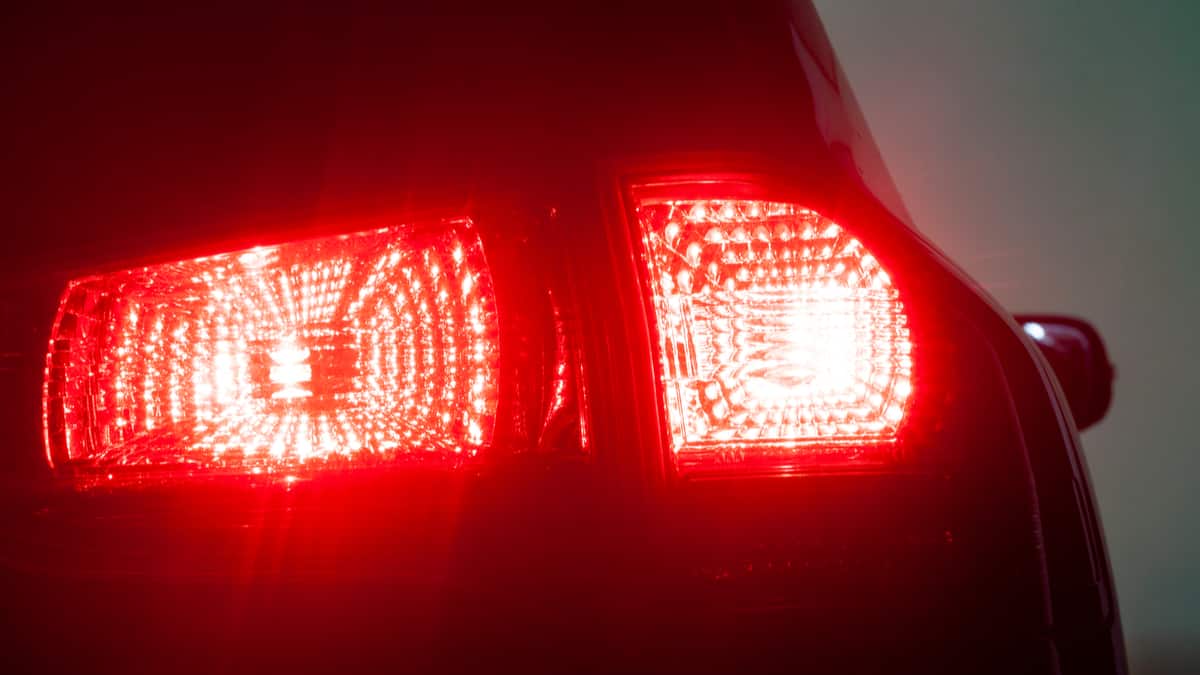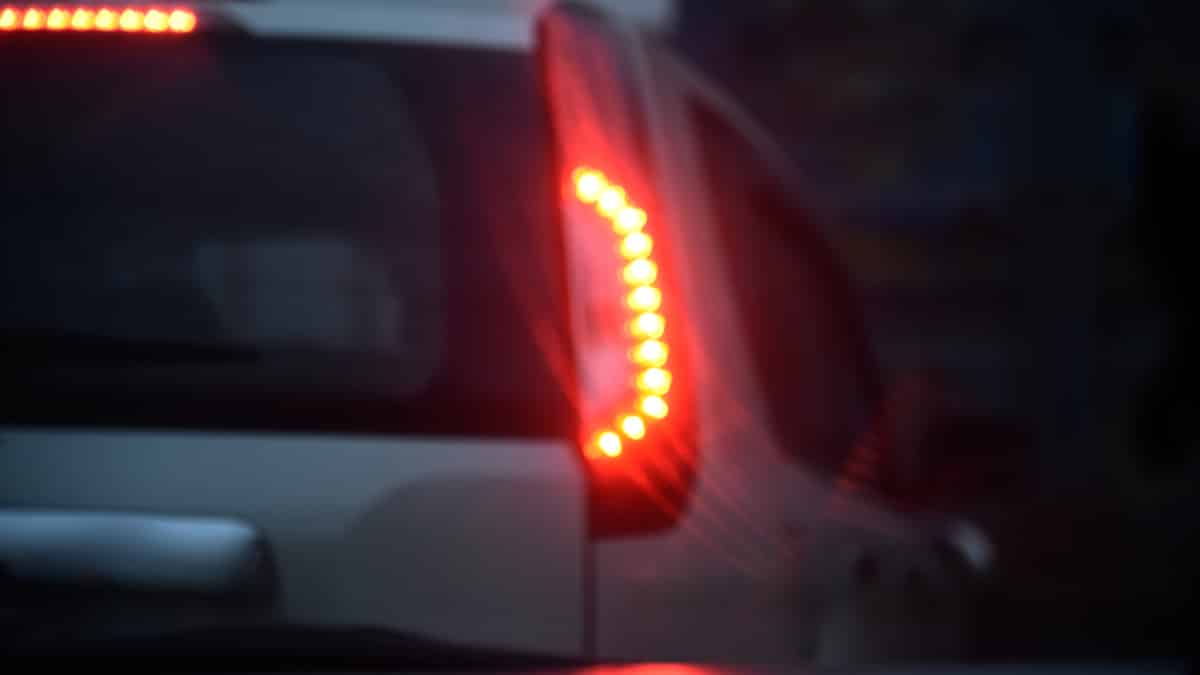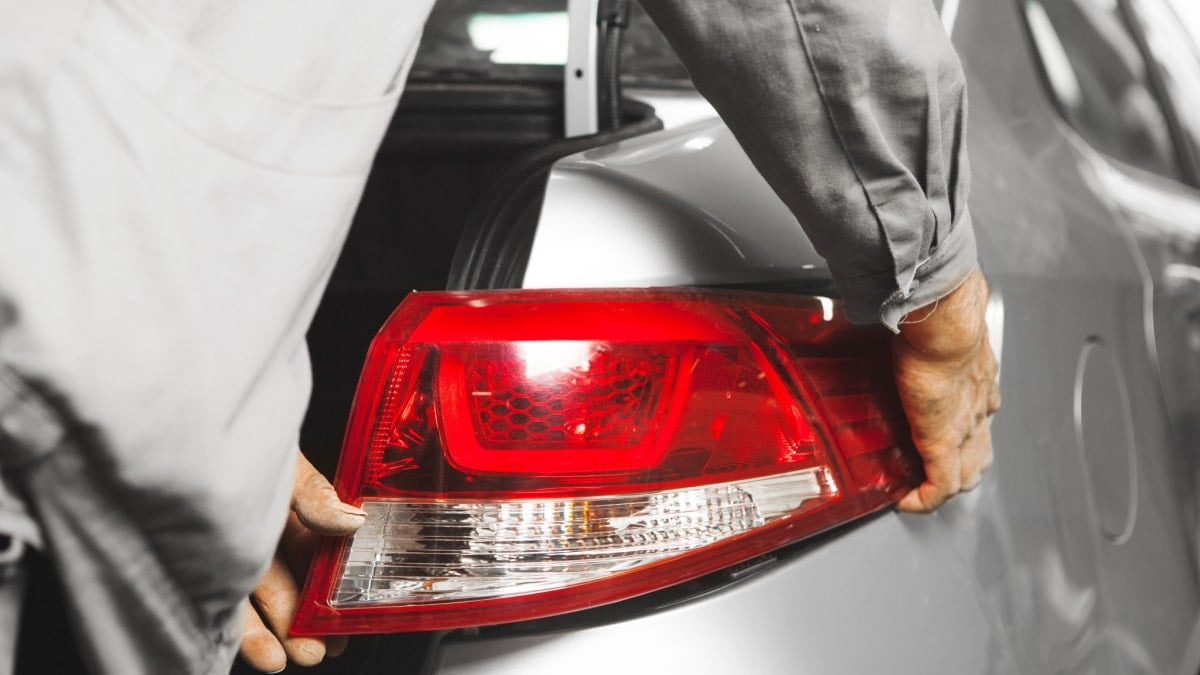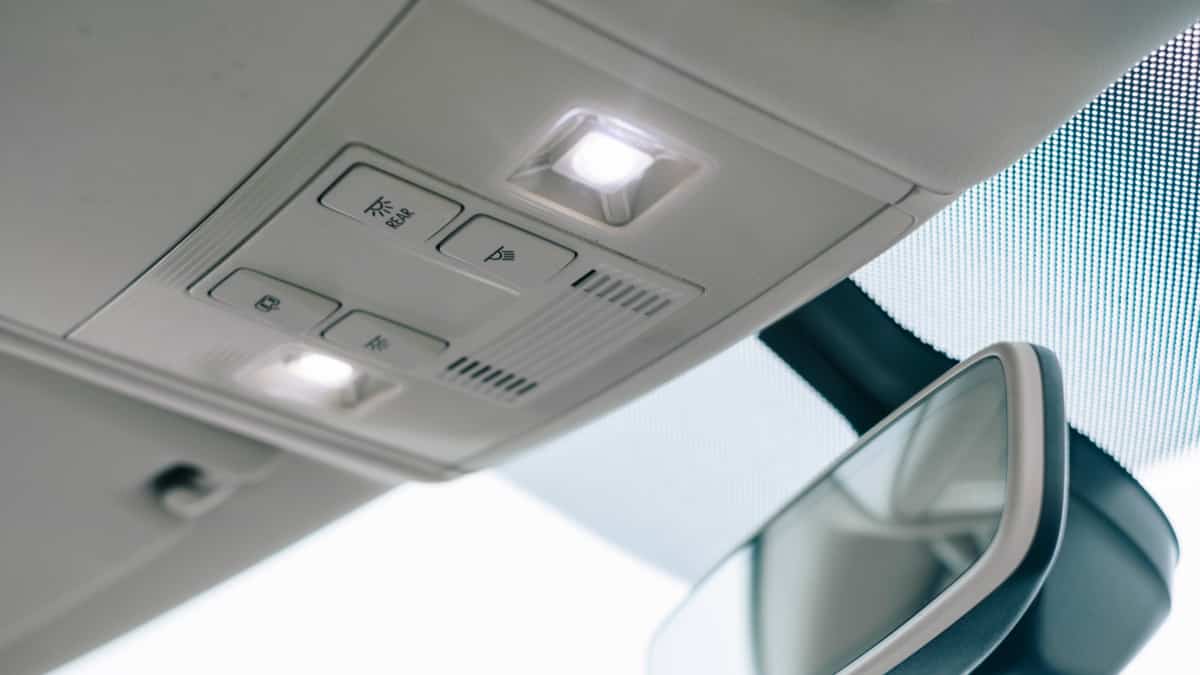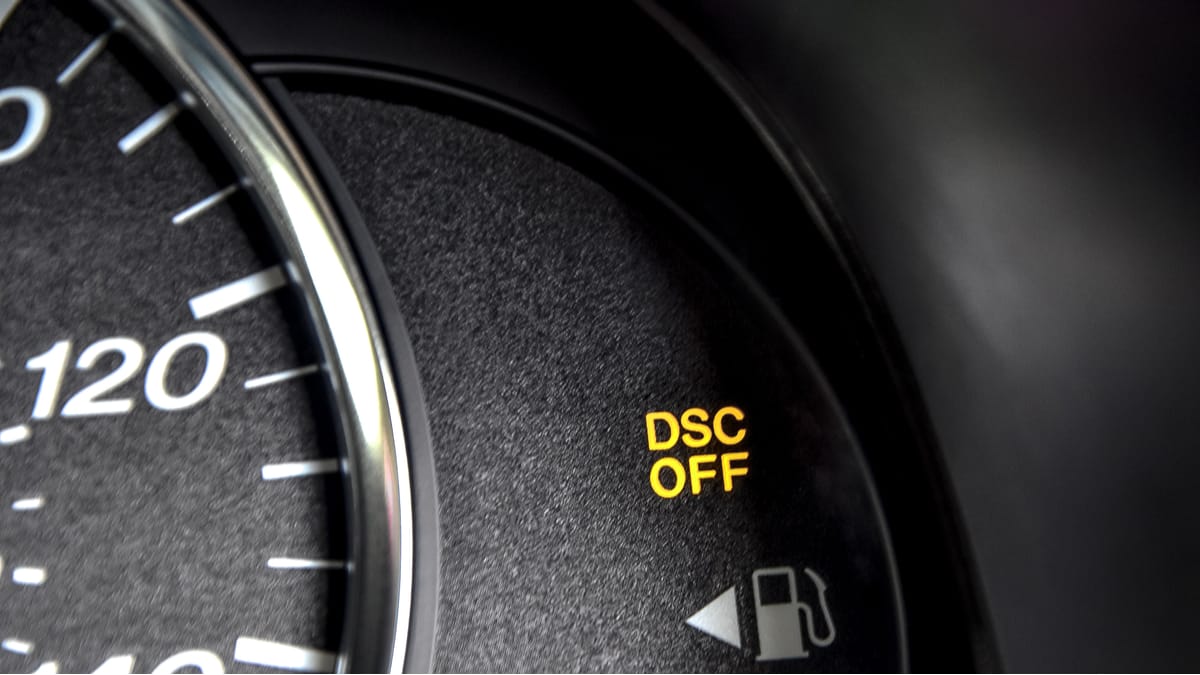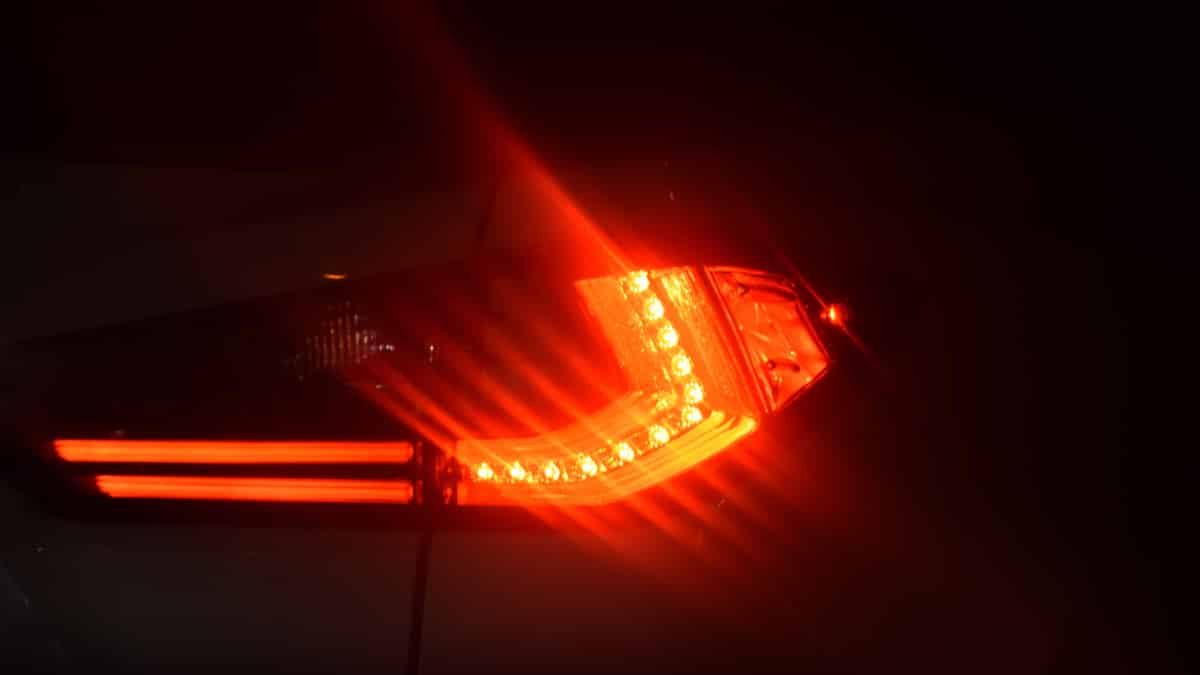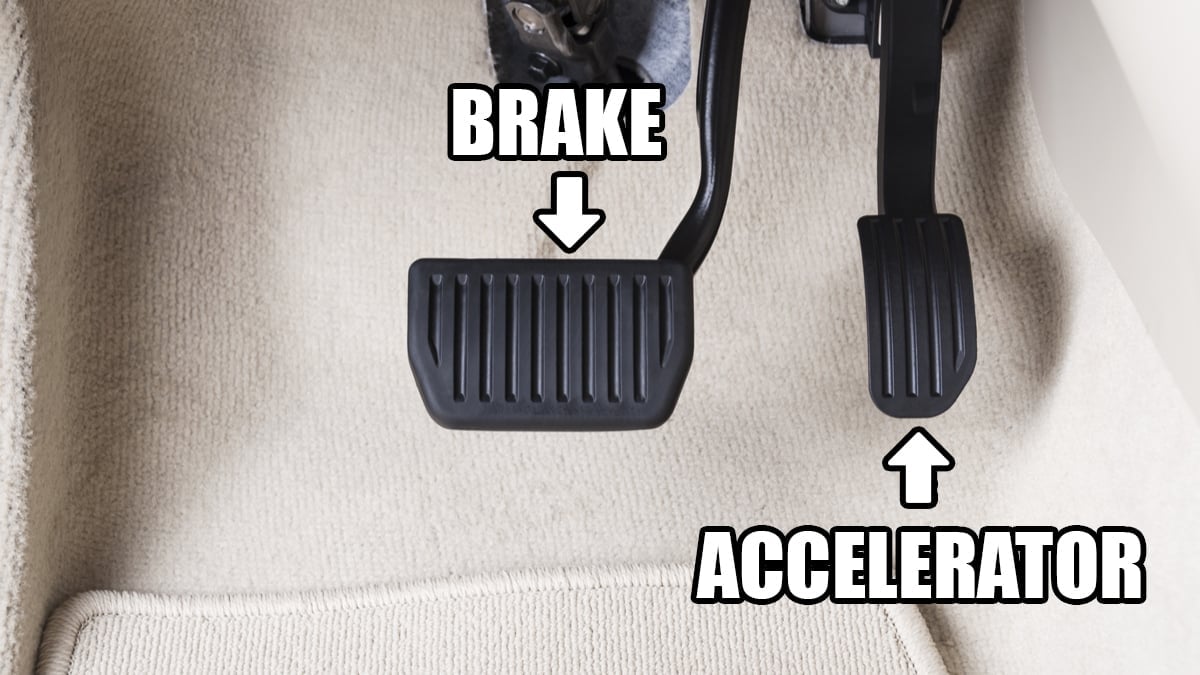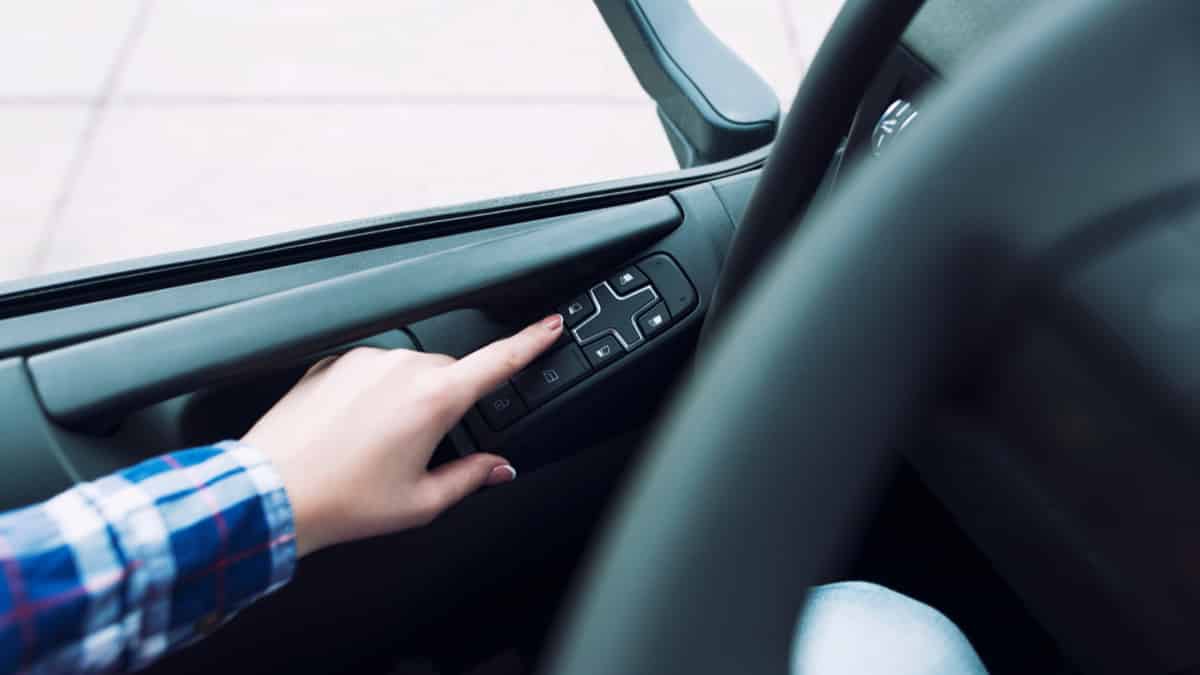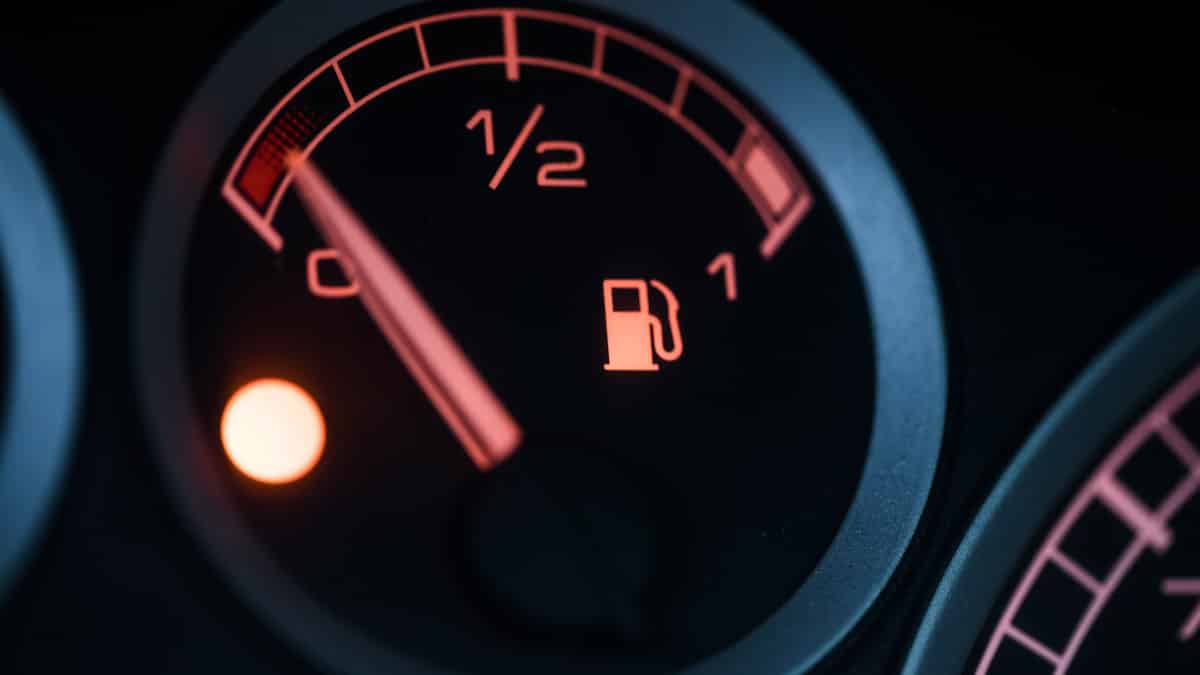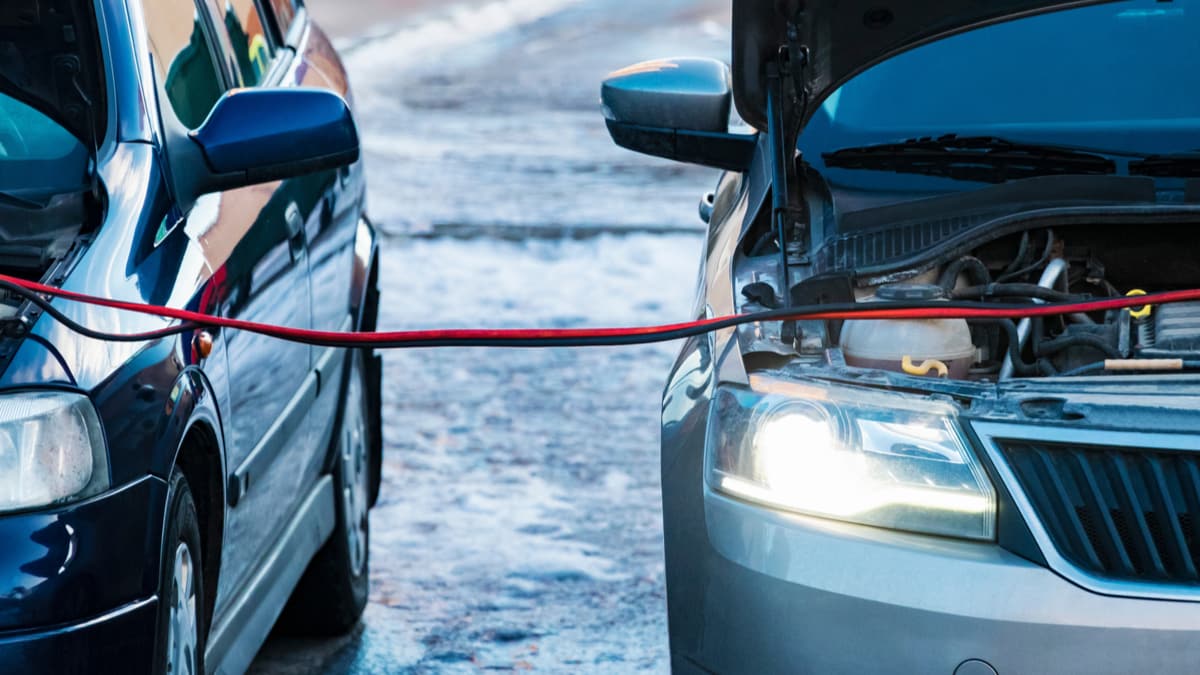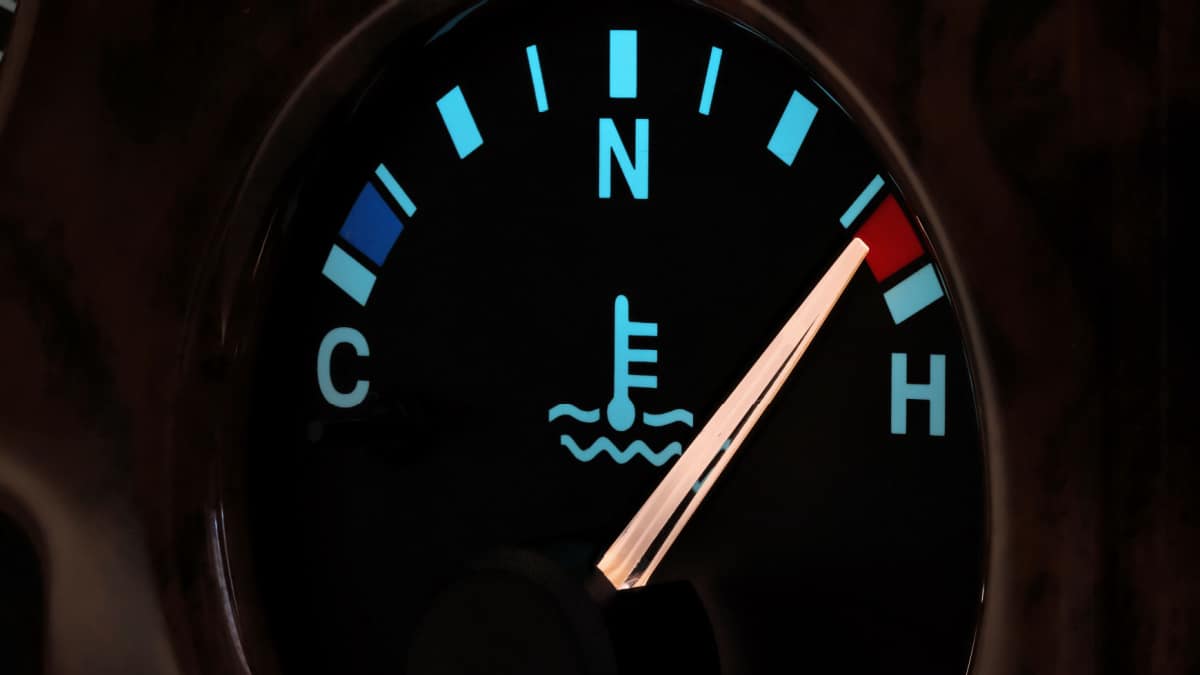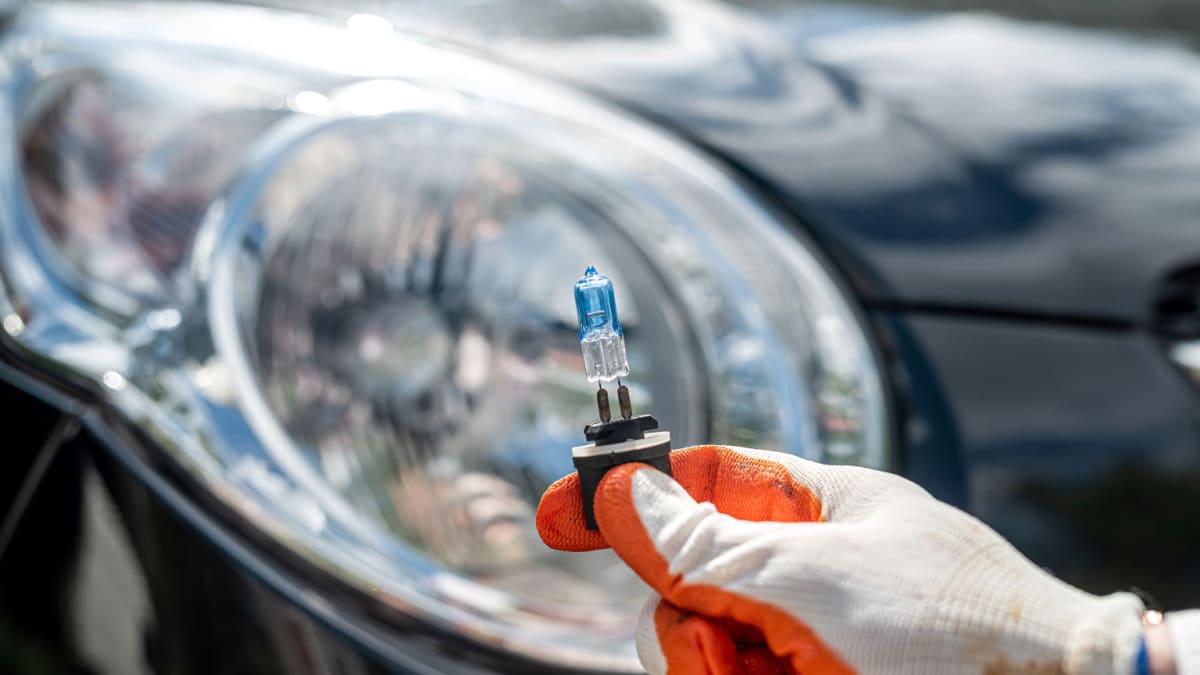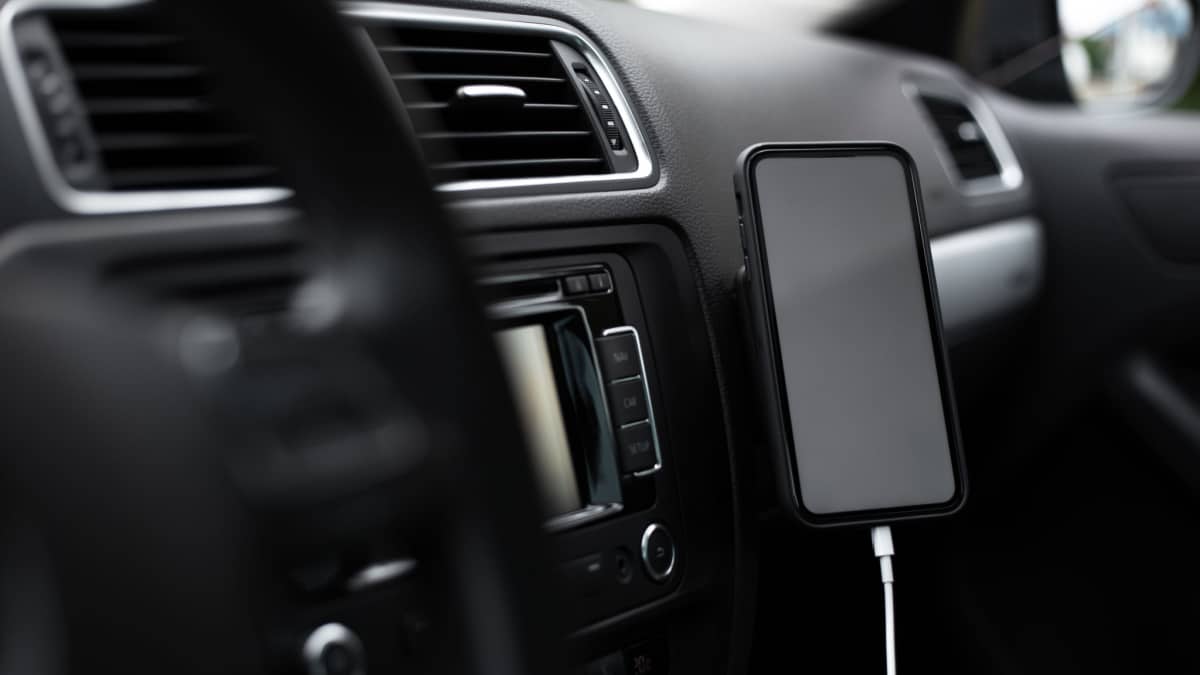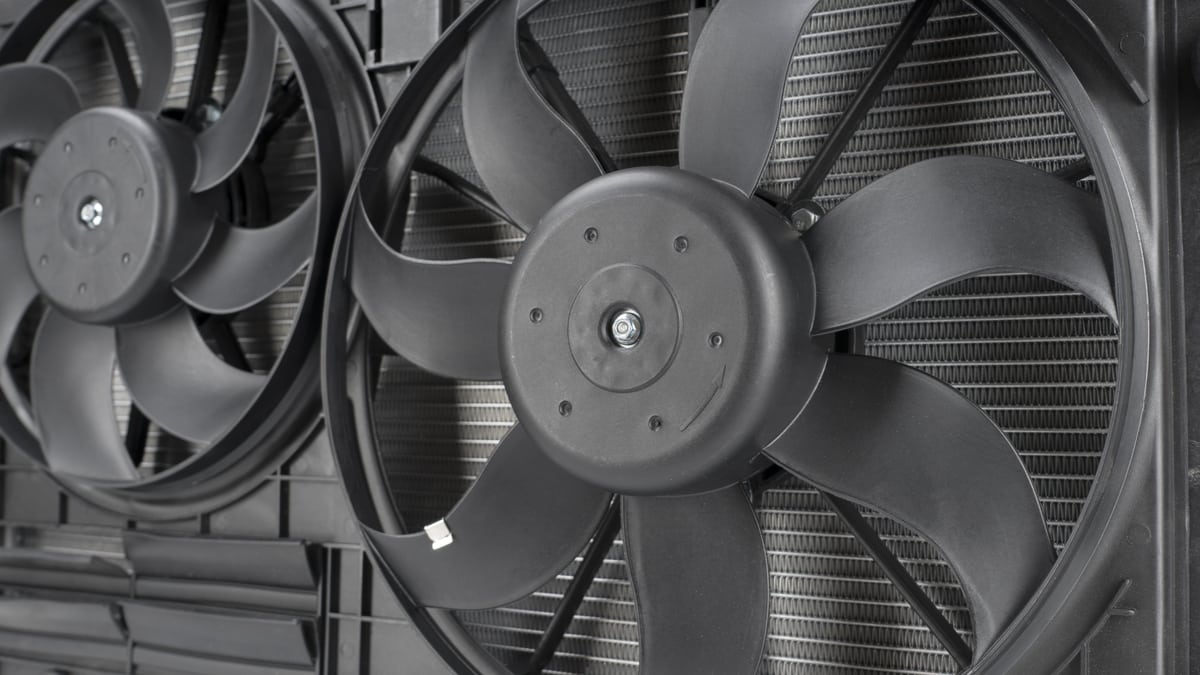The brake lights and taillights are often comprised of one light bulb, but they work differently.
Driving during the night without brake lights or tail lights can be extremely dangerous. Therefore, it is necessary for both your taillights and brake lights to work. The problem is that you cannot often tell if your taillights and brake lights are faulty.
Sometimes, there are occasions where one of them works, and the other doesn’t. Why is that?
Why Are My Brake Lights Not Working But My Tail Lights Are?
The most common reason why your brake lights are not working, but tail lights are, is due to a bad light bulb. It can also be caused by a blown fuse, a bad brake light switch, or issues with the wiring.
Suppose your vehicle’s taillights are working fine, but the brake lights don’t come on when you press the brakes. Perhaps one light shines more than the other, or the taillights completely switch off when you press the brakes. These are strange problems to have because the connections for both lights come from the same source.
No matter what your problem, there is a reason for it, and there is a solution. Here is a more detailed list of why your brake light does not work but tail lights do:
1. Bad Light Bulbs
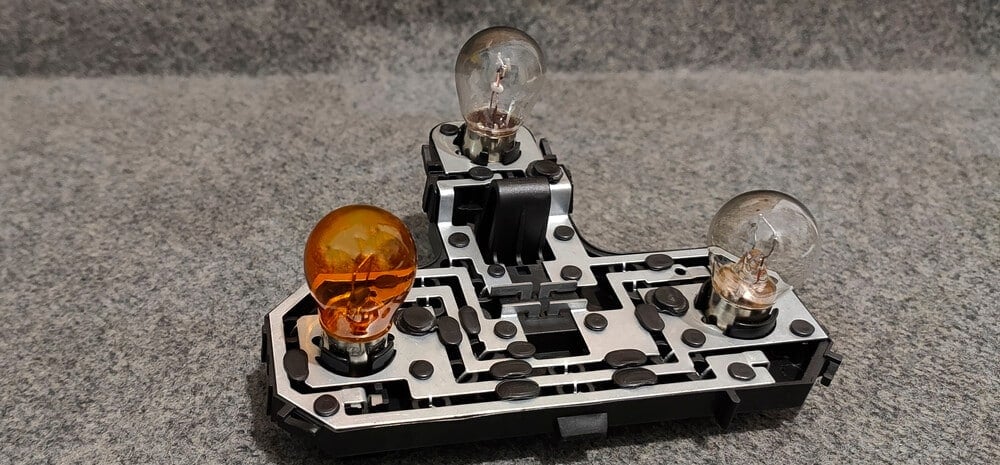
New cars often use LED lights for the taillights. But if you have an older car, you want to check the light bulbs.
The brake light and tail light often share the same bulb, but there are two different circuits inside it. This makes it possible that one circuit is functional, and the other one is burnt.
Replacing light bulbs is often very straightforward, and they are very cheap to replace. However, if you want to measure them to be sure they are not dead, you can measure them with a multimeter or use an external 12-volt source to test them.
That all three brake light bulbs have gone bad at the same time is pretty unlikely, but if you have been driving for a long time without noticing, it is absolutely possible. There could also be a circuit short somewhere that blew all the lights if the wrong fuse is installed.
If your brake lights are not working but the third brake light is, there is a high likelihood that the problem is just two blown bulbs.
2. Bad Brake Light Switch
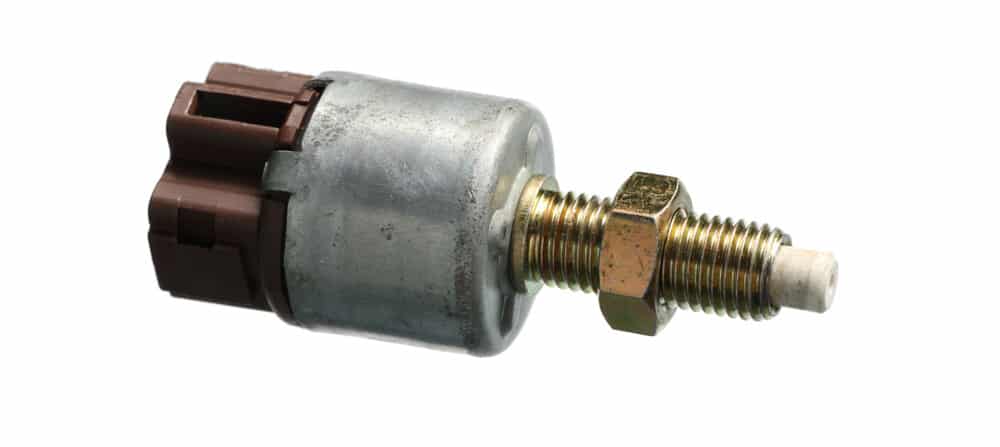
A bad brake switch is a common problem when your brake lights are not working. There is a small switch installed at your brake pedal to inform the control unit when the pedal is pressed, sending power to the brake lights.
You can test the brake light switch with a multimeter to make sure you get a connection when the brake switch is released, and no connection when you press. This can also be vise versa depending on the brake switch type.
3. Broken Fuse Or Fuse Box
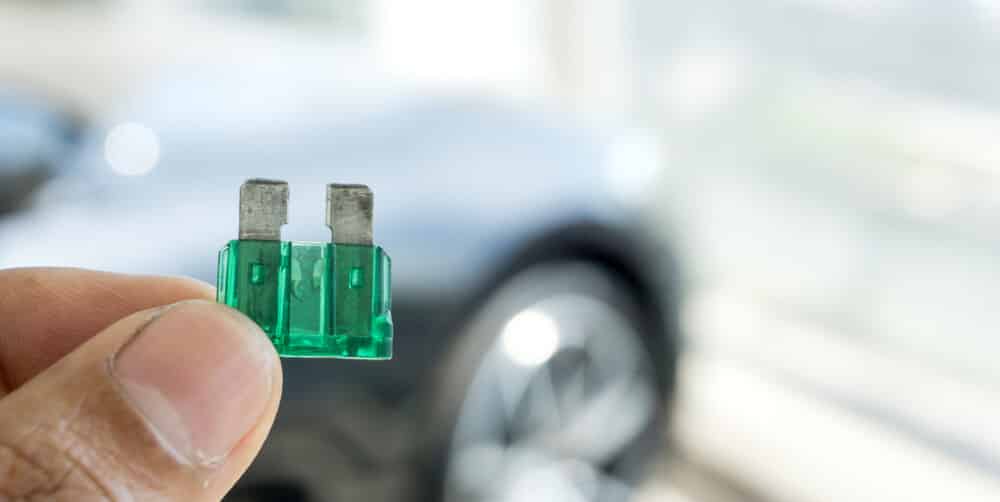
All electronic equipment in a car is supplied electricity through wires that go through a fuse box. Modern cars have two or more fuse boxes. There is often one below the dashboard, and there is one under the hood.
You need to take out your vehicle’s manual and find out your brake light fuse location. There is a high chance that, due to an electrical surge, the brake light fuse has blown. Identify the correct fuse and replace it with a similar one.
In most cases, there is a reason why a fuse is blown. If the fuse is blown, you should make sure that there is no circuit short on the wirings or in the connector to the brake light. However, in some cases, they can blow because they are old.
Remember to also check inside the fuse box for any signs of water, because water can cause circuit shorts in the fuse box, resulting in a blown fuse.
4. Bad Sockets and Connectors
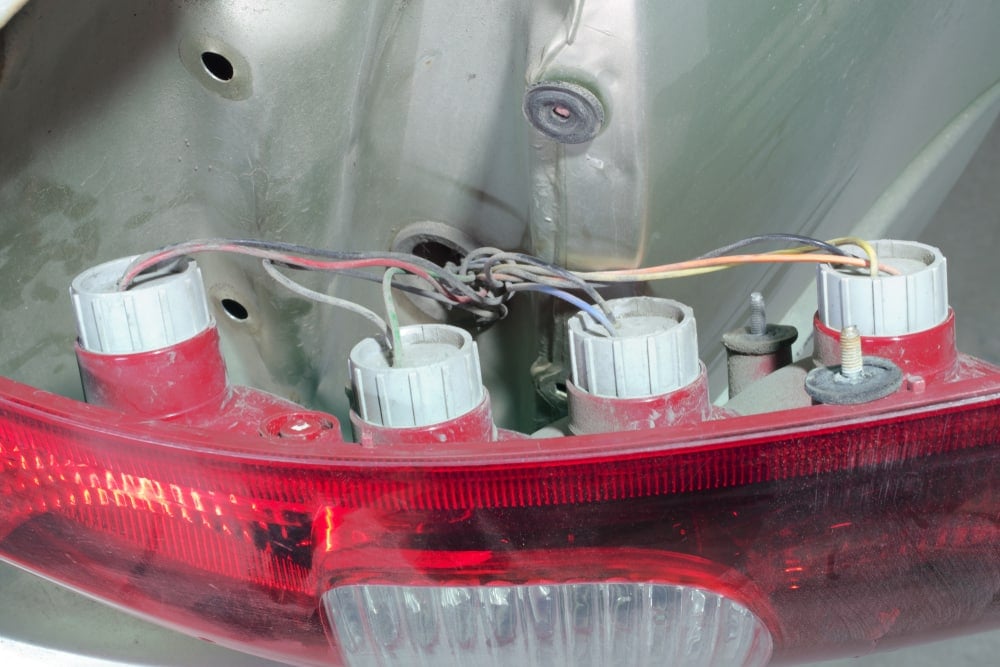
There could also be corrosion in the pins in the connectors of the taillights. Remove the tail light connectors and look for any signs of rust or corrosion. Spray them with an electrical cleaner and install them again.
You should also check if there is any connector plug in the car between the brake light switch and the tail light. In some cases, there is a plug located in the car floor, and if the floorboard has been exposed to an excessive amount of water, there may be some corrosion.
Check your wiring diagram to locate any connector plugs in the car.
There is also a chance that there is corrosion or rust in the sockets where the light bulbs are installed. Check for corrosion and clean it with electronic spray.
5. Broken Wire
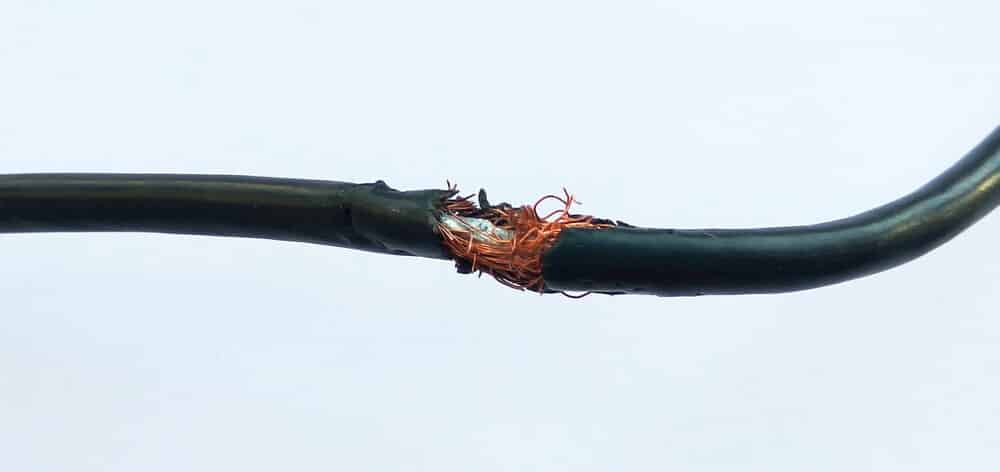
In rare cases, there might also be a broken wire somewhere. This can be a real struggle to find, since the wiring from inside the brake light system might extend all the way from the front of the car to the rear.
A good way to measure the voltage is at the taillight when you press the brake pedal and do the same thing at the brake pedal switch. If you do not get voltage on any of the wires to the brake light switch, there is a power supply problem – either a broken fuse or wire.
Is there a fuse for the brake lights?
Are the tail lights and brake lights the same bulb?
How do I know if my brake light switch is bad?
How can you tell if a brake light fuse is bad?
Driving around without brake lights is actually quite dangerous, because the cars behind you won’t see when you hit the brake pedal to slow down. Therefore, it is very important to fix the problem as soon as possible. Fortunately, this problem is often quite easy to fix.
The most common reasons why brake lights don’t work, but tail lights are working include:
- Bad Light Bulbs
- Bad Brake Light Switch
- Broken Fuse Or Fuse Box
- Bad Sockets and Connectors
- Broken Wire
As you can see, there are a few different things that could be going on if your brake lights don’t work but your tail lights do. It is important to diagnose the problem as soon as possible so that you can get it fixed and avoid getting pulled over or worse, causing an accident.
Electrical problems can be quite complicated to diagnose and solve without any special knowledge, so you may need to contact a mechanic specialized in car electronics and diagnostics if you have tried the simple things above.
Learn more:
- Tail Lights Not Working But Brake Lights Are? (How to Fix)
- Brake Lights Stay On? (5 Causes & How to Fix it)
- Xenon vs. LED vs. Halogen Headlights – What’s the Difference?
Categories: General, Troubleshooting

